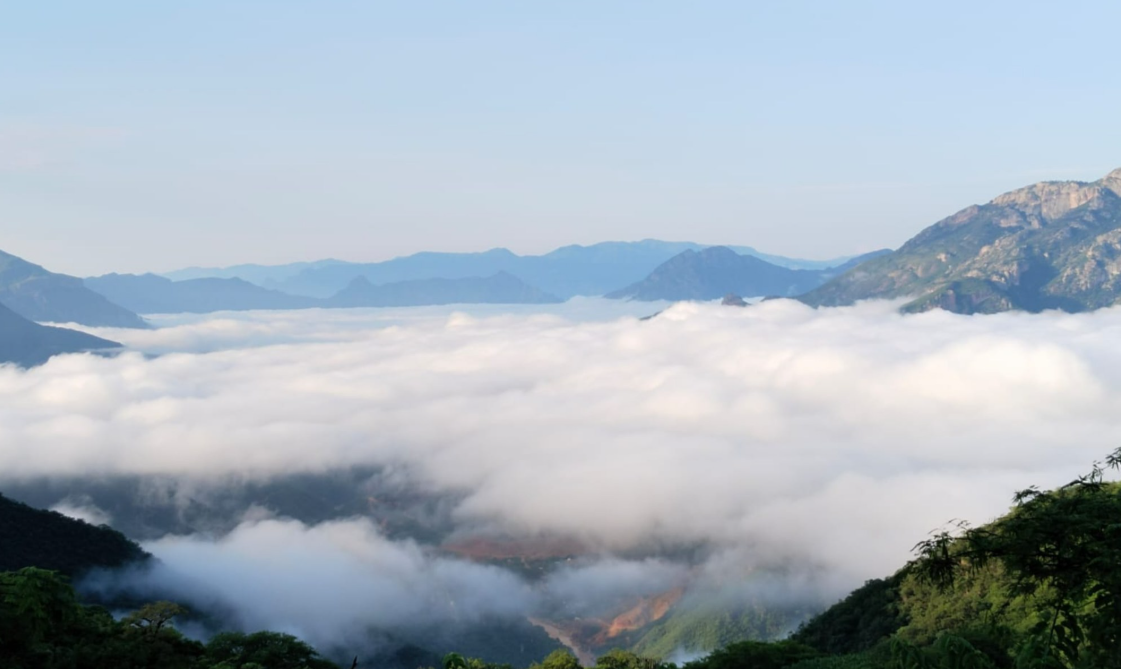Steady performance by Kibali as it finalises full commissioning

The two remaining components of the Kibali gold mine – its underground shaft system and third hydropower plant – are both on track, Randgold Resources chief executive Mark Bristow said today. These projects will effectively deliver the giant mine to nameplate design, scheduled for later this year.
Speaking at a media briefing here, Bristow said that while Kibali was working towards delivering the underground mine, it was also maintaining a steady operational performance and, as reported at the end of the first quarter, was well positioned to meet its production target of 610 000 ounces of gold this year on the back of better grades forecast from the underground ramp up, particularly in the fourth quarter. He also pointed to ongoing brownfields exploration that was showing potential to add resources and reserves going forward.
Bristow noted that since the project was launched in 2010, Kibali had contributed $2.2 billion to the Congolese economy in the form of taxes, salaries and payments to local suppliers. The mine started production in 2013 and has repatriated more than 40% of its gold sales revenue since first production in 2013, meeting and exceeding the requirements of the country’s mining code.
The government is currently again considering changes to this code and Bristow said this represented an unmissable opportunity to lay the foundations for a sustainable mining industry in the DRC.
“I am concerned, however, that the government is not engaging in open and inclusive consultations with the industry and appears to be proceeding from a pre-determined position that may put existing and future mining investments at risk,” he said.
“The mining industry is the main engine of the Congolese economy. Government and the private sector must work together to find the best way of growing this industry and to avoid potentially damaging short-term actions by realistically considering their consequences.”
Bristow said despite Randgold’s concerns about proposed revisions to the mining code and other challenges in the DRC, it was continuing to invest in the country and, in addition to ongoing exploration along Kibali’s KZ structure, was progressing work on the Moku project and the Ngayu belt. It was also investigating a number of other interesting opportunities and its commitment to the longer term was why it worried about ill-considered changes to the mining related legislation.
To complement Kibali’s extensive social responsibility programmes and projects, it was stepping up its regional engagement with stakeholders, civil society and local authorities on economic and infrastructural development in an effort to fill the void left by the current political impasse in the DRC.
Kibali’s exemplary safety record was marred recently when a Congolese contractor on the site experienced a driving accident resulting in a double fatality. Bristow said in response to this tragic accident the mine had reinforced its efforts to maintain the highest standards and best practices in its safety programmes. This included the comprehensive retraining of all employees and contractors.
ABOUT KIBALI:
The Kibali gold mine is located in the northeast of the Democratic Republic of Congo (DRC), approximately 300 kilometres to the east of Isiro, the capital of the Haut-Uele Province, 180 kilometres west of the Ugandan border town of Arua and 1 800 kilometres from the Kenyan port of Mombasa. Kibali and its associated mining permits is owned by Kibali Goldmines SA (Kibali) which is a joint venture company between Randgold (45%), AngloGold Ashanti Limited (45%) and SOKIMO (10%). First gold was poured in the third quarter of 2013 from open pit operations and underground operations are expected to be fully commissioned in 2017. The mine was developed and is operated by Randgold.
{{ commodity.name }}
{{ post.title }}
{{ post.date }}

Comments